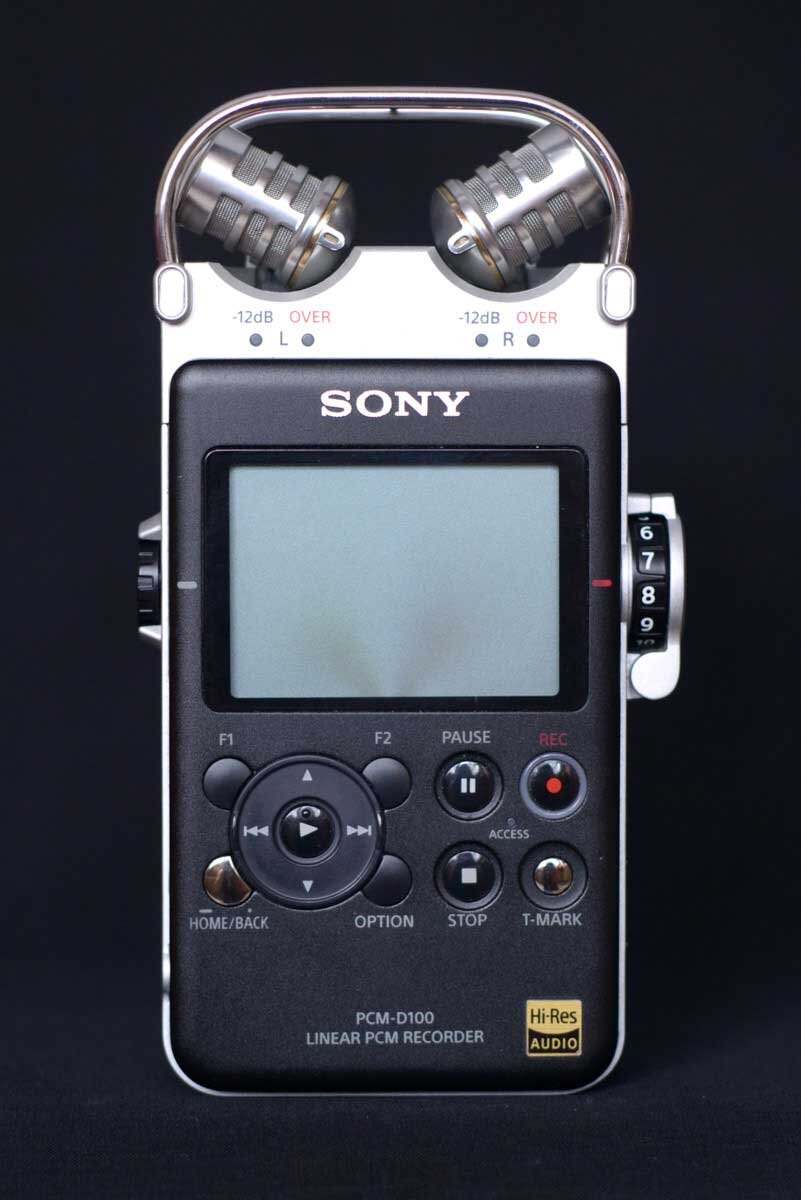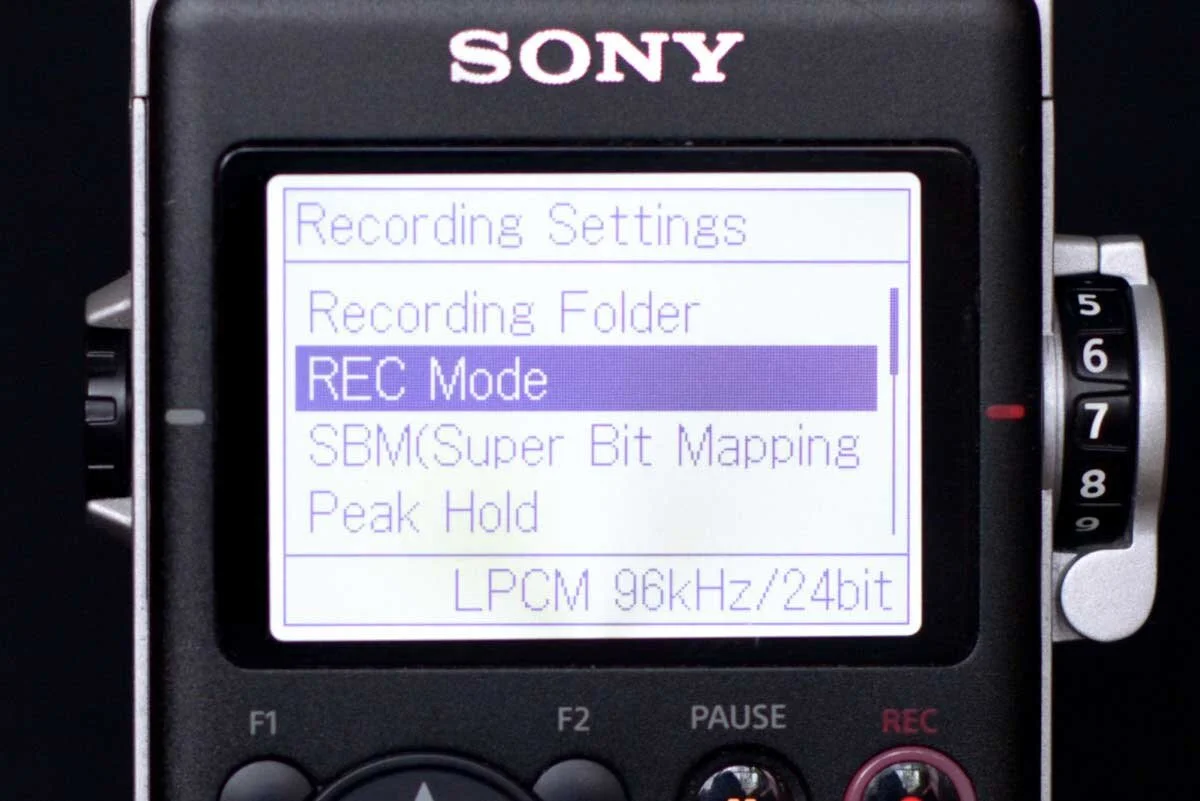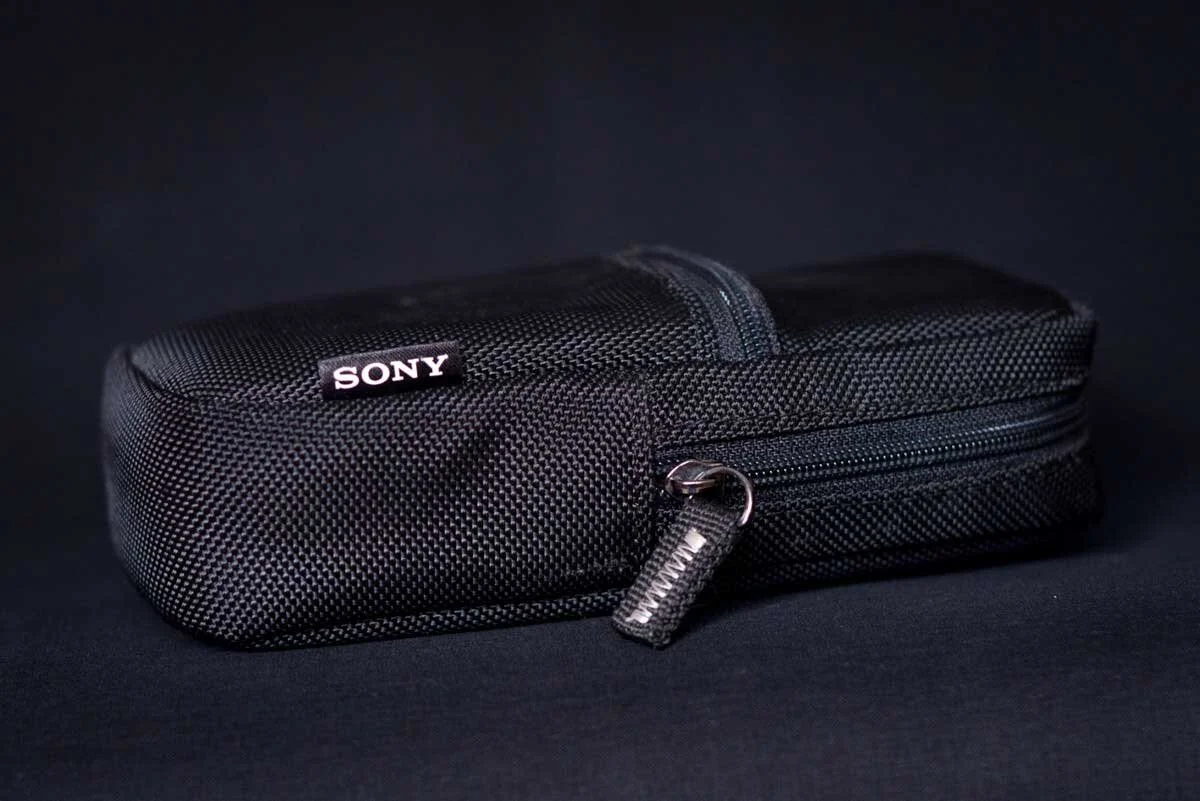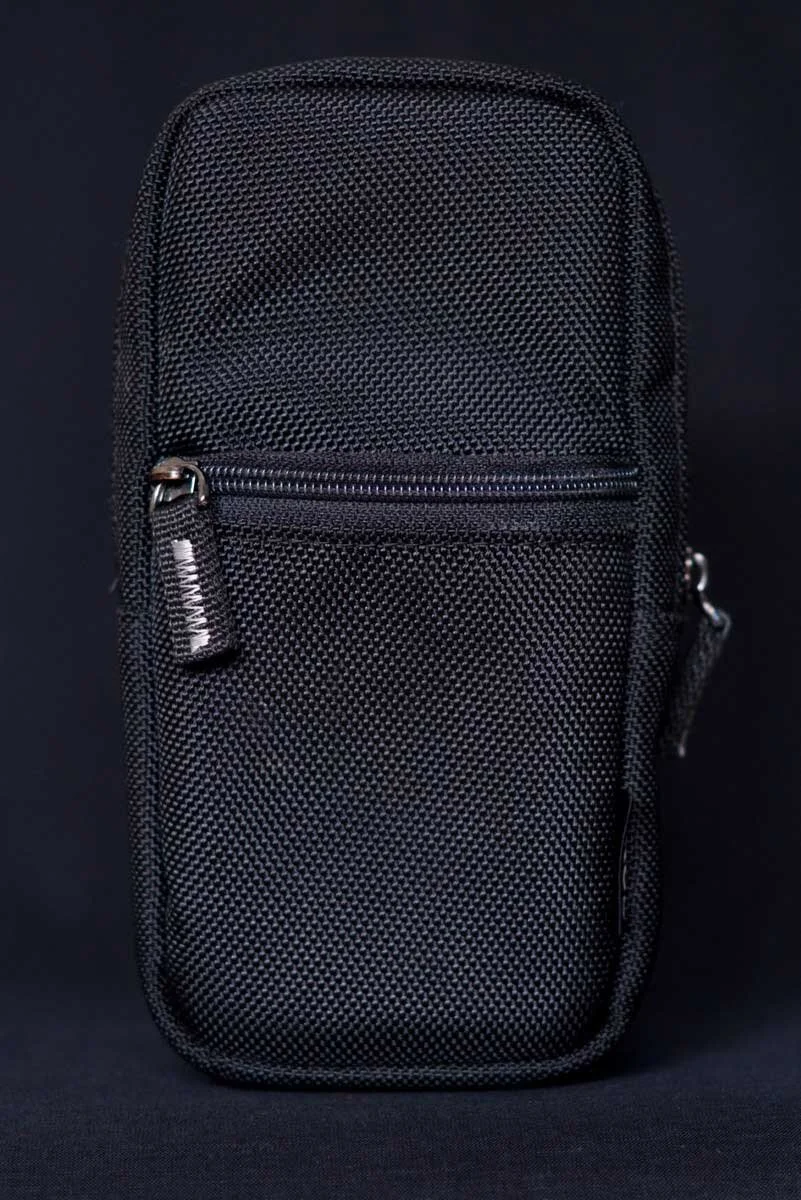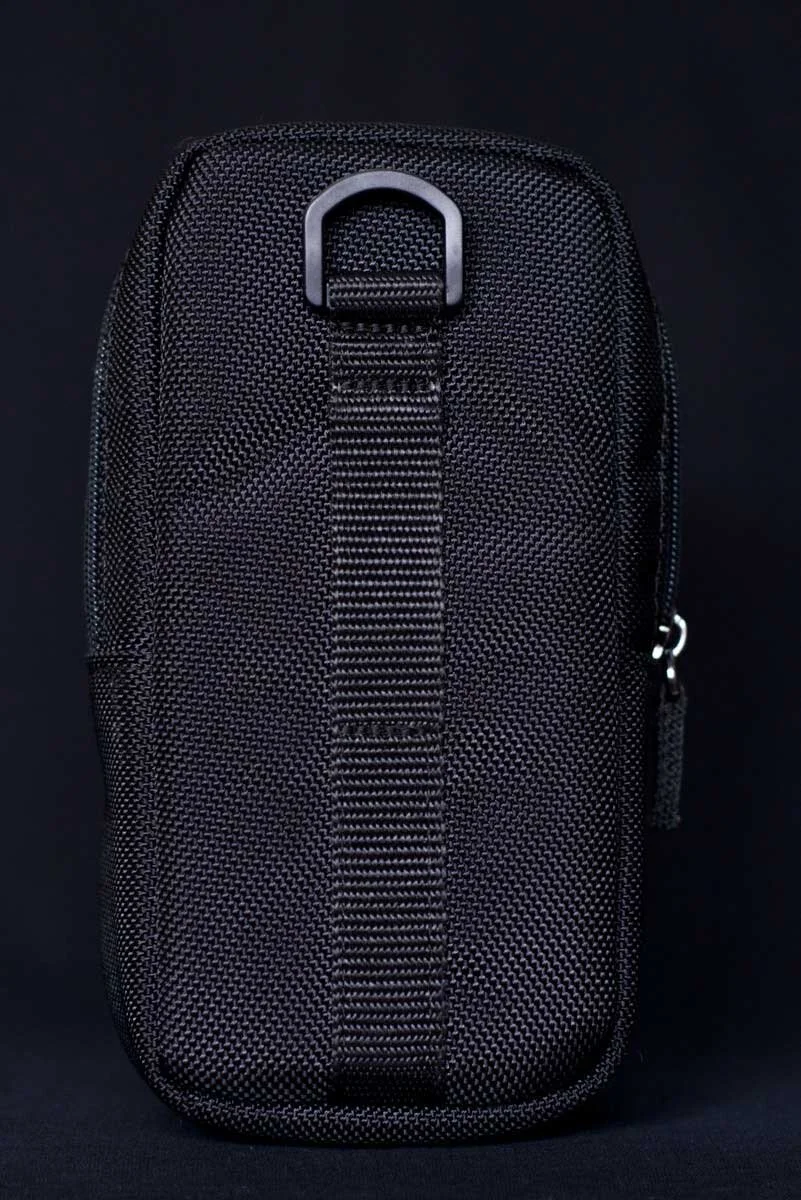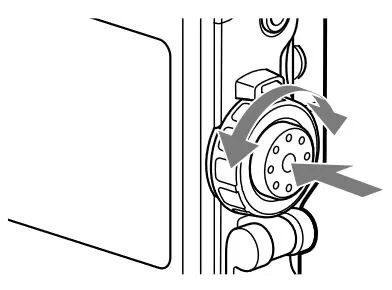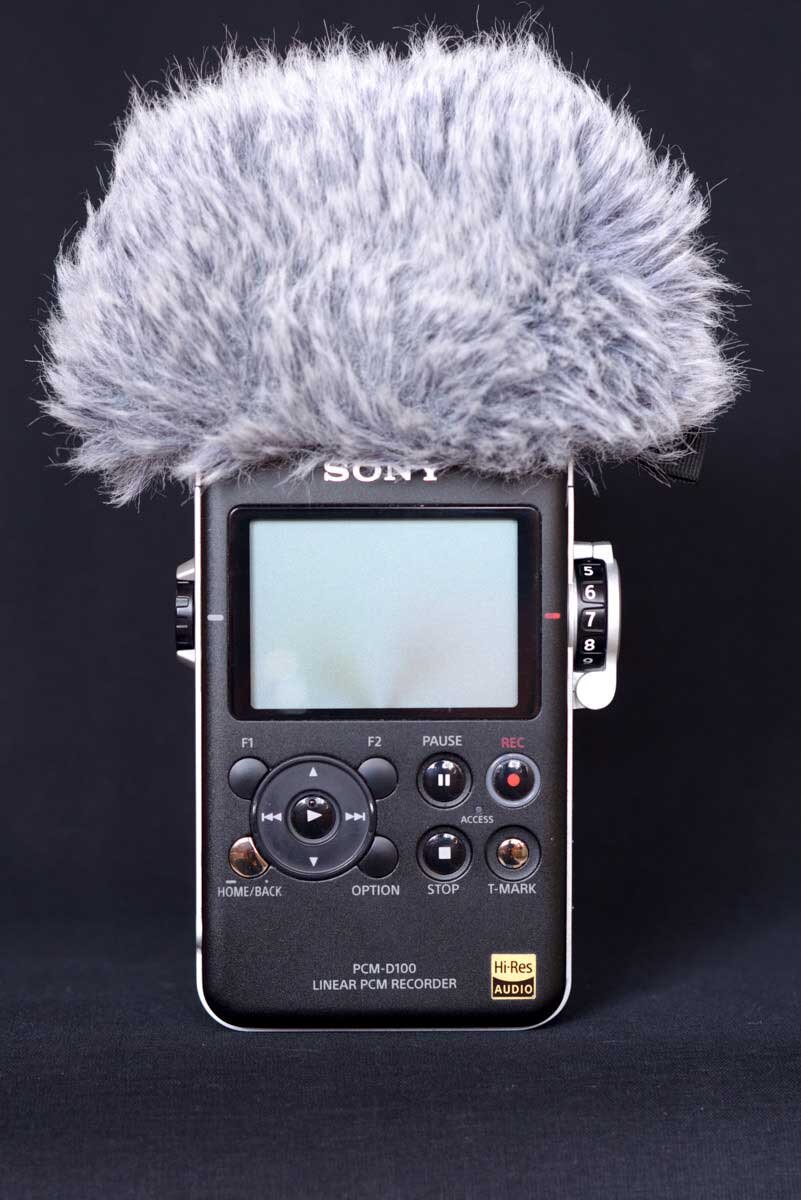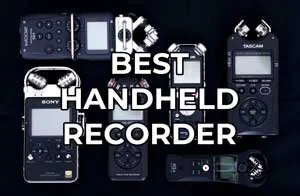Sony PCM D100 Review (One Year Later)
Find out what I like and what I don’t like about the Sony PCM-D100 in this 1-year review!
One year ago, I started my search for the best handheld field recorder. I wrote an article with my findings here that lists the best options for several budgets. The Sony PCM-D100 was the best option so that’s what I bought.
I have owned and used the Sony D100 extensively over the past year and I want to share my experience with you.
Over the past year, I have found the Sony D100 to be an extremely capable recorder but it does have some faults. To make this review easier to navigate, I have broken it down into three main sections: positive, negative, and overall.
Links in this article are affiliate including Amazon Associates. This is not a sponsored post and I purchased my D100 on my own.
Positive
There are many great features and qualities of the Sony PCM-D100. I have chosen to highlight the features I find the most useful. Click a link below to jump straight to that section.
• Build Quality • Self-Noise • Menu System • Limiter • Battery Life • Memory • Accessories
Build Quality
The first thing I noticed about the D100 was its high-quality construction. With a robust, aluminum body, the D100 feels solid and heavy in-hand.
I am a big fan of aluminum construction for field recorders despite the fact that they transmit more handling noise in comparison to plastic. As a nature recordist who uses a tripod most of the time, handling noise is a non-issue and the rugged build quality is much appreciated.
For a further layer of protection, the swiveling microphone capsules are protected by metal roll bars. These bars shield the microphone elements from direct impacts.
The build quality of the D100 gives me the confidence to use it in the field under any conditions. I have used it to record rain and snow and have exposed it to high and freezing temperatures with no issues.
You should know that I don’t just leave the D100 out in these elements and it is certainly not waterproof. While I have exposed it directly to light rain and misting water with no problem, I would never leave it out in these conditions for an extended period of time.
When using the D100 with external microphones, I always put the D100 in a dry sack to prevent the elements from directly contacting the recorder. Personally, I use this 4L Sea to Summit Dry Sack. My friend used it on a rain forest expedition and gave it to me when they returned. I’ve used it for over a year and it is still 100% waterproof and shows almost no signs of wear.
Self-Noise
Most people are interested in the Sony PCM-D100 because of its incredibly quiet preamps and low-noise microphones. That was the reason I purchased one and it does not disappoint.
Nature sounds are some of the quietest on the planet, which makes them difficult to record without any background hiss. I exclusively record nature sounds and have found that the D100 is quiet enough for almost any situation.
The D100 is capable of recording ambiences >25dB with virtually no audible hissing. Moments before a dawn chorus can dip below this threshold and the self-noise of the D100 will be apparent.
To better describe how quiet this really is, below is a chart of common sounds and their associated dB values.
To hear what the D100 sounds like in the field, below is a playlist of natural ambiences that I have recorded with the internal microphones of the D100.
Sample Recordings
Menu System
The menu system in the D100 is easy to navigate and includes time saving features.
Photo #1 above shows the quick selection menu that pops up when hitting the “option button” while in either recording or pre-recording modes. This single button press gives access to commonly used settings for limiter and low cut filters.
Additionally, the D100 has 2 programmable function buttons to customize the recorder to your work-flow.
Photos #2 and #3 showcase the deeper menu system. I really like how the D100 displays the current setting for each item in the bottom-right corner. This saves you a lot of extra clicks and makes checking your recording settings quick and easy.
Another time-saving feature is helpful when using external microphones. When the D100 detects that a microphone has been plugged-in, a popup appears asking if you want to turn on plug-in-power. I often use external mics with my D100 and I love this feature.
Limiter
The limiter on the D100 is really advanced and will prevent clipping without compressing the signal in most cases. This is possible because of the internal engineering of the D100.
When the limiter is turned on, the PCM-D100 splits its audio into two signal paths, each with its own analog-digital converter. When the limiter is “on”, one signal is attenuated by 12dB and fed into a recording buffer. If the main signal path clips, the D100 seamlessly crossfades to the attenuated, undistorted signal. Sony calls this “an artifact-free method of limiting.”
The D100 will remain at this attenuated level for the duration of the limiter setting (150ms, 1sec, 1min).
*Note: Since the limiter uses a 12dB attenuated signal, if your main signal clips by more than 12dB, the final recording will still be distorted.
Battery Life
The D100 is capable of capturing a full night or day of audio with juice to spare.
The battery life on the D100 is awesome. This is important to me because I often need to record for 10+ hours in order to get some usable nature sounds (yes noise pollution really is that big of a problem!).
When using 2000mAh batteries, as pictured above, I have used the D100 while providing plug-in-power for external microphones for 8.5 hours. This was during a night recording during winter. Temperatures were 15°F (-9°C) and the D100 was still recording when I retrieved it so it could have even gone for longer.
*Update: I have been informed that my test of the D100 does not accurately indicate the battery life of the D100. Under warmer conditions and using 2550mAh Eneloop batteries, the D100 can run for 27+ hours while powering a pair of EM272 capsules.
Memory
The memory features on the D100 will keep you recording for days, even if you forget your memory card.
I love the memory features on the Sony D100. It supports all modern SD card types and has a 32 GB internal memory.
This means two things. First, if you are crazy enough, you could use a 1 TB SDXC card and record for 20 days straight. Second, if you forget your card at home, you can still record for more than 15 hours at 96kHz/24-bit!
Also, with “cross-memory recording” turned on, if your SD card reaches capacity, the D100 will automatically switch to its internal memory and continue the recording seamlessly. This feature effectively adds 32 GB to any SD card used with the D100.
supports SD, SDHC, and SDXC cards
32 GB internal storage
cross-memory recording
Accessories
The Sony PCM-D100 comes with some great accessories. Included in your purchase is a case, wind jammer (deadcat), remote-control, receiver, and a micro USB cable for transferring files from the D100’s internal memory (not pictured).
Of these accessories, the bag and the wind jammer are the most useful to me.
The bag is very high-quality. It is made of a tightly woven fabric with padding on the front, back, sides, and bottom. The case is soft but offers more than enough protection for the D100 while in my nature recording pack.
The wind jammer is useful for recording outdoors with calm winds 4-7 mph (2-3 m/s). Anything faster than this will leak through the wind jammer and creates some low frequency sounds that can actually sound quite natural and add to the recording (in my opinion).
Negative
There’s a lot to like about the Sony D100 but it is not a perfect device. This section covers everything I don’t like. Click a link below to jump straight to that section.
• Backlight • L-R Balance • Recording • Wind Protection • S/N 100dB Mode
Backlight
The backlight on the D100 is super bright but no backlit controls was an oversight by Sony.
I really like that the backlight on the D100 is controlled by its own button. Turn it on when you need it, turn it off when you don’t. What I don’t like is how bright it is.
Most of the time, brightly backlit screens are a good thing. They help you view your digital display while in direct sunlight. Well, on the D100, that isn’t necessary because the screen is easily read under full sun with the backlight off.
So, when things are dim and you actually need the backlight, its retina-burning brightness will ruin your nightvision. For this reason, I wish the backlight had a dimmer.
Making the problem worse is the fact that only the pause and record buttons are backlit. When you’re recording at dawn or dusk, this can make navigating menus difficult because you can’t see the buttons. Once you get to know your D100, this becomes less of an issue as you memorize the buttons by feel, but it’s still annoying.
L-R Balance
A lesser known feature of the D100 is channel balance. I only found out about it because my D100 came severely unbalanced out of the box. I actually thought something was wrong with it until I found this feature in the owner’s manual.
The gain knob on the D100 has 2 sets of numbers. The larger numbers on the front of the knob denote the gain, while the smaller numbers on the outside of the knob denote the L/R channel balance.
The ability to change channel balance is useful if you want to alter the gain of one channel. However, if you are trying to record ambient sounds as accurately as possible, you want your L/R balance to be even.
I have listed this as a negative because the way the control dial works lacks feedback to confirm when the audio is perfectly balanced.
Because of this, I honestly don’t know if my recorded audio is unbiased towards the left or right channel. What I do know is that, if you line up the small numbers with the big numbers, you’ll be very close to perfect balance.
“To change the balance of recording levels between the right and left channels, press and hold the inner dial, and then turn the inner dial for left channel adjustment or the external dial for the right channel adjustment.”
Recording
The steps to start a recording on the D100 are unconventional and have caused too many failed recordings.
Most field recorders will start recording after pressing the recording button twice. The first press initiated pre-recording mode, where you can monitor and preview your sound, and the second press starts the recording. Not so on the D100.
While pressing record once on the D100 does start pre-recording, pressing it a second time does nothing. To start the recording, you need to press the ► button.
This nuance has greatly disappointed me more than once. It is the worst feeling when you return to your recorder only to find that it wasn’t recording.
The most notable occurrence of this was when a great horned owl was literally calling from my back porch. I was so caught up in the moment that I forgot to hit the play button and I got nothing.
Wind Protection
While I am grateful that the D100 comes with a wind jammer, it fits so tightly that is can be difficult to put on, especially in the field.
Because of this, I tend to just leave the wind jammer on, even if I’m using my external microphone. This is where the problem is. The wind jammer partially covers the 3.5mm mic port. This is a minor inconvenience, but I wish the “line in” and “mic” ports were swapped.
S/N 100dB Mode
One selling point of the D100 is its S/N 100dB mode advertising an improved signal-to-noise ratio (SNR) to the already quiet D100. This was really appealing to me because nature sounds are so quiet, a good SNR is required for capturing high-quality audio.
Well, the S/N 100 mode doesn’t work the way you think.
Similar to the limiter function, with S/N 100 “on”, the D100 records two signals. One at the level set with the gain knob, and another signal 12dB quieter. Opposite of the limiter function, the D100 will record the quieter of the 2 signals when the signal is low, and will record the louder signal when prominent audio is detected.
For example, if you were recording a podcast with the D100, it would record your voice on the higher gain signal, and any pauses or lulls in dialog would be recorded on the lower gain setting. This creates a quieter perceived noise floor, but it’s really just a smooth gain manipulation.
For my purposes, this gain manipulation is undesirable for recording nature ambiences so I leave it off. As a final note, the S/N 100 and limiter settings cannot be used at the same time since they use the same analog-digital converters but in opposite ways.
Overall
Overall, the Sony PCM-D100 is a professional-level field recorder. It is the king of handheld field recorders in every sense: build, design, and performance. Its quiet preamps paired with its sensitive microphones make it capable of capturing all but the most silent natural ambiences with ease.
While it’s not perfect, most of my gripes with the D100 are really just minor annoyances that are worth putting up with for the supreme sound quality offered by this device.
PRO:
durable aluminum construction
very low self-noise
efficient menu + customization
compression-free limiter
+12hr battery
cross-memory recording
case, wind jammer, remote/receiver included
CON:
backlight too bright
buttons not backlit
poor channel balance implementation
abnormal recording start
S/N 100 not practical for ambiences
If you missed the section with audio samples, click here to listen.
If you would like to ask me a direct question about the D100, please don’t hesitate to do so via the contact page on my website.
As of 2021, Sony has discontinued the Sony PCM D100. Units are still available through the links below.
Support Acoustic Nature
If you enjoyed this post and would like to help support Acoustic Nature, please consider "buying me a coffee" or becoming a Patreon with the buttons below.
As a thank you for your support, Patreon supporters receive a copy of Field Recording For Beginners, exclusive access to the full Behind The Sounds video series, nature sound library downloads, and more.
If you are unable to support the site financially, please share this post with others, or leave a comment below letting me know you enjoyed this post! Both are free and help the website grow. Thank you ♫
Thanks for reading,
-Jared


